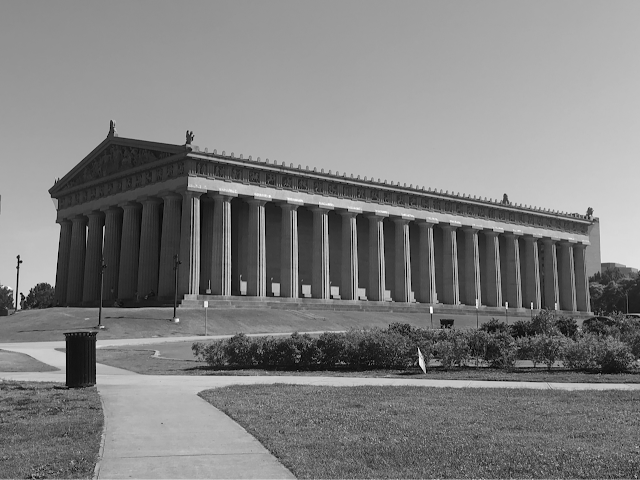In the ancient, mystical landscape of Adıyaman, the Sesönk Tumulus—also known as Dikilitaş—rises silently, like a whisper echoing from the depths of time. This 2,060-year-old monumental tomb is believed to be the final resting place of King Mithridates II, son of King Antiochos I of the Commagene Kingdom. Carved into the bedrock and crowned with a massive mound of rubble stones, the Sesönk Tumulus exudes an aura of grandeur, mystery, and timelessness.
A Tomb Like No Other
Photo: IHA
Unlike other ancient burial mounds, the Sesönk Tumulus reflects a distinct architectural vision unique to the Commagene civilization. Constructed from large rubble stones and featuring rock-carved burial chambers, the site showcases the kingdom’s skill in blending natural elements with royal splendor.
Perched high in the Kızıltepe region of Dikilitaş Village, the tumulus stands like an eagle’s nest, accessible only by a demanding 20- to 25-minute uphill trek. But the journey is worth every step. Visitors are rewarded not only with a rare archaeological gem but also with sweeping panoramic views of the Anatolian landscape.
Photo: IHA
Echoes of the Past
Scattered around the site are the remains of once-majestic columns, silent witnesses to the grandeur that once was. Why the Commagene rulers chose to build their monuments at such lofty heights remains a topic of intrigue. Was it to be closer to the divine? Or perhaps for defensive purposes? The answer, like much about this enigmatic kingdom, remains hidden in the stones.
Mehmet Alkan, Director of the local museum, offers further insight:
“The tumulus stands at a height of 7 meters. It’s a tomb carved into rock, containing three niches. The rubble stones forming the upper structure resemble those found at Karakuş Tumulus, further linking it to Commagene architecture. We believe this may be the burial place of Mithridates II, son of Antiochos I, dating between 36 and 21 BC. It’s located in an untouched, elevated region—consistent with the Commagene kings’ tendency to build in high places.”
A Journey Through Time and Nature
The Sesönk Tumulus is more than just a burial site—it’s a portal into the mysterious world of the Commagene Kingdom. Here, history and nature intertwine, offering visitors a deeply immersive experience that bridges millennia.
A Glimpse into the Commagene Kingdom
The Commagene Kingdom thrived between 163 BC and 72 AD, ruling a region that today includes Adıyaman, Gaziantep, and Kahramanmaraş. A fusion of Persian and Hellenistic influences, the kingdom is best known for the monumental tombs and colossal statues that crown Mount Nemrut.
The golden era of Commagene came under King Antiochos I Theos, who emphasized cultural synthesis and divine kingship. Claiming ancestry from both Persian nobility and Greek royalty, the Commagene rulers saw themselves as a living bridge between East and West—a vision still etched into the very stones of their monumental legacies.










